If you plan a family vacation, the Philippines should be at the top of your list. Despite having some of the world’s most stunning scenery, it is surprisingly affordable as a holiday destination. You can easily communicate in English among the locals, the beaches are stunning, and everyone is friendly.
Can I apply for an eTA visa waiver to enter the Philippines?
Currently, only residents of Taiwan can apply for eTA Philippines. It will be launched for more countries in the future, but the final list of countries has not yet been confirmed.
Accommodations with babies in the Philippines
Accommodation costs are slightly higher in the Philippines than in other parts of South-East Asia, but it is still quite affordable. We advise staying somewhere with air conditioning, and in areas like Port Barton, where electricity is shaky, we suggest looking for a hotel with a backup generator.
The availability of a refrigerator and tea kettle in the room is also quite welcome. Even if your room doesn’t have a kettle, most will gladly give freshly boiled water for sterilizing bottles, and most will also have a fridge for your convenience.
What to pack when traveling to the Philippines with baby
Kids Sunscreen: If you’re traveling to the Philippines with kids, don’t forget to pack high-quality sunscreen for their delicate skin. Apply sunscreen with an SPF50+. You can get as tanned as you like, but the baby needs 50+. The sun is mighty, so it is important to be careful and to reapply sunscreen frequently. If it doesn’t wash off when you’re all sweating, it definitely will while swimming.
Invest in a sun hat with a wide brim for your child. Be prepared for bad weather by bringing along an umbrella. It is useful for daytime strolls in the park and on sunny beaches.
Mosquito repellent: You’re probably curious about taking your baby to the Philippines, but you’re mainly concerned about their safety. A significant portion of that unease is due to mosquitoes and dengue disease. You can keep them away with a few easy and efficient measures. Make sure to pack baby-safe insect repellant and use it constantly.
While outdoors, apply mosquito repellant patches to the back of their clothing. Evenings are the best times to use the patches when most of these are out. Remember that some accommodations and rooms will not be designed to a high standard. Doors, windows, and AC units may have gaps and fractures. Use towels or something else to cover the gaps.
Travel crib: Be sure to ask your hotel whether they have cribs available if you are traveling with babies or toddlers (often they can). You can just bring the kids into your bed if they don’t have a crib. However, there are some excellent compact solutions for travel cribs if you don’t like to make that compromise.
Baby carrier: A baby carrier is a practical accessory for parents who need a hands-free method of carrying their young child or toddler or who want to provide them with a comfortable place to snooze while out and about.
Bringing a stroller to the Philippines is not convenient. Even though a stroller might be helpful in some situations (the airport, shopping centers, indoor attractions, etc.), many locations are inaccessible.
Travel-sized hand fan: Even in the rainy season, the Philippines are usually quite hot and humid. A hand fan can be a welcome accessory on those hot days.
This is a great convenience when you’re out and about with a baby that needs a nap. Directing the small fan at them may assist them in staying cool while they sleep.
Hydration is super important!
Staying hydrated is essential to enjoying your time away when traveling to a warm area. Remember to keep hydrated, not just for the sake of the baby or toddler, but for yourself as well! Bottled water is great for making bottles, drinking, and even brushing teeth. Always have a high-quality sippy cup on hand, preferably one that can carry a good amount of water and is easy for your kid to use.
Drinking coconut water is a refreshing way to rehydrate and restore electrolytes. It’s also high in minerals, which most people don’t get enough of. While island hopping in the Philippines, you’ll be surprised to find a plethora of fresh coconuts even on what appear to be deserted beaches.
It’s also good to bring some rehydration packets with you on your trip abroad. You can depend on them to keep you from becoming dangerously dehydrated. Before giving something to your kids, be sure the age range is appropriate. We recommend carrying your own, but they are available just about anywhere.
Food options for babies in the Philippines
Filipino cuisine is tasty but not particularly spicy. The food is mild, with options like rice and noodles (which you will have at every meal). Puto (steamed rice cakes), barbecue (grilled pork or chicken), and pancit (a type of Filipino noodle dish) are some of the options.

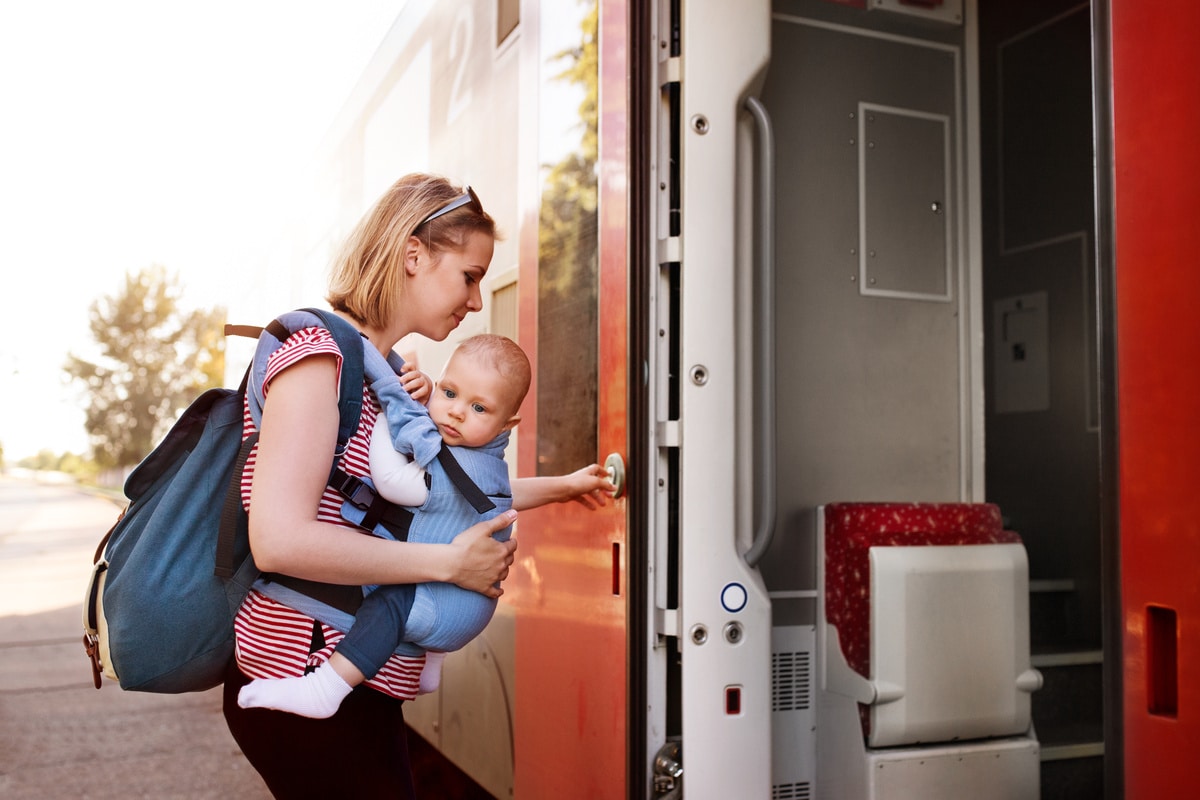
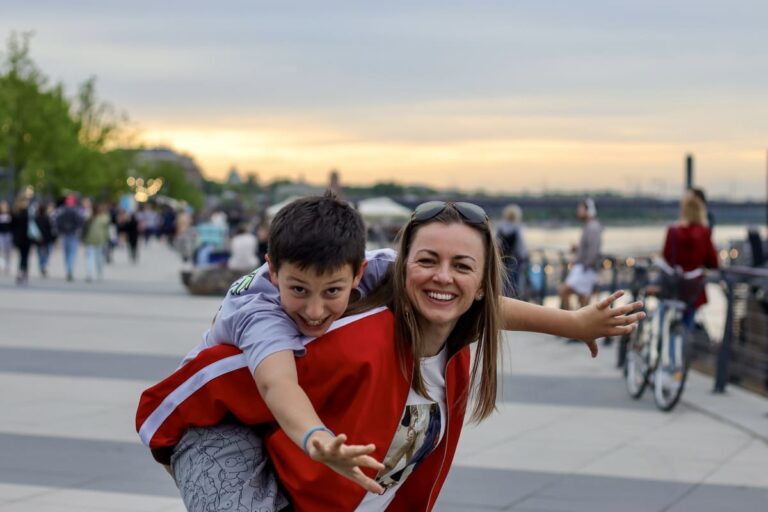
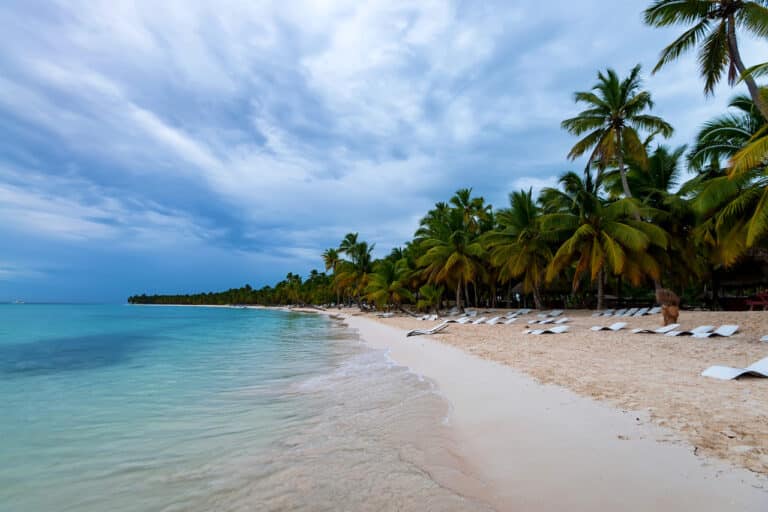
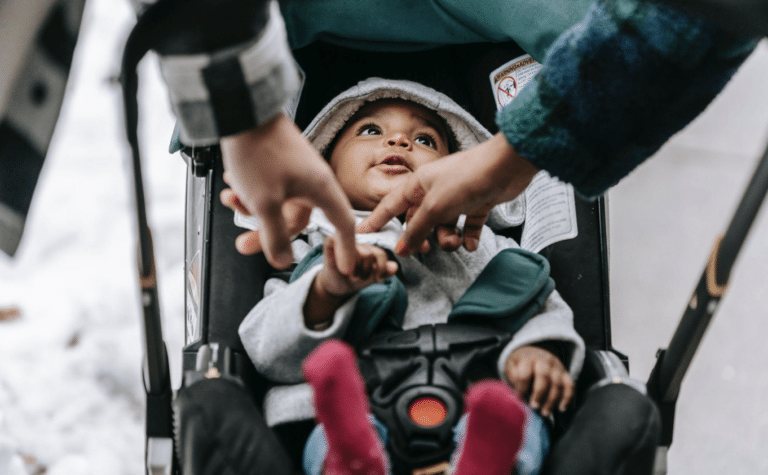
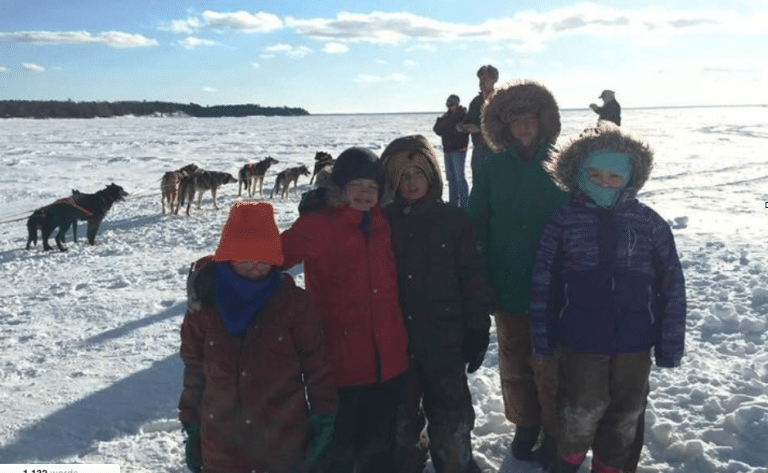


![Home Renovation Guide [2025]](/app/uploads/2021/04/design-hacks-1-378x300.jpg)


